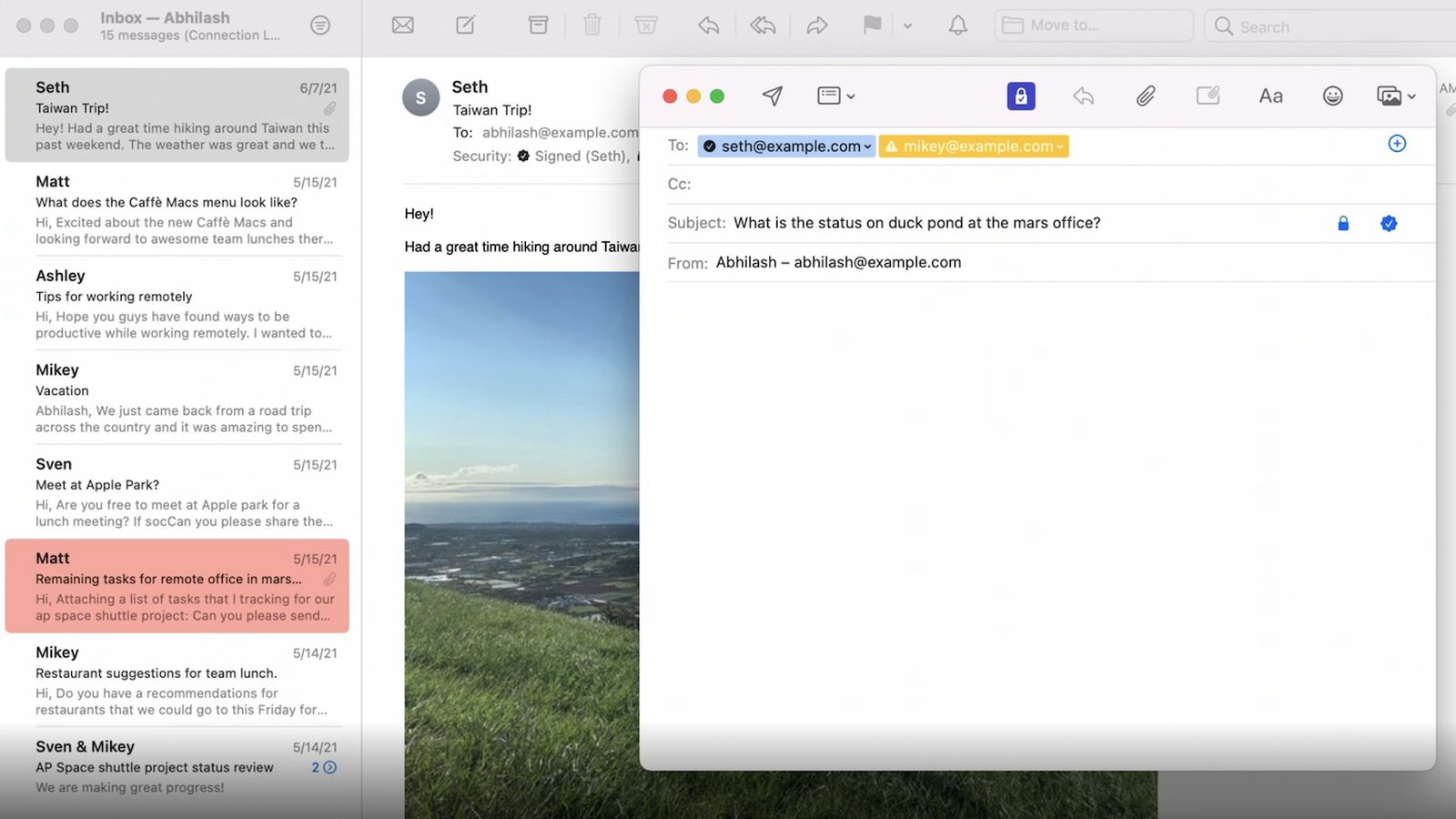

- SAMPLE MAC OS FRAMEWORK HOW TO
- SAMPLE MAC OS FRAMEWORK CODE
CFSocket: Provides an abstraction on top of BSD Sockets integrating RunLoop support. C POSIX (BSD) sockets, this API provides access to the lowest layer (All the way to Link layer through PF_NDR check man socket(2)). Here is a list of them with a small suggestion on when would you decide to use them. Ok, let's continue.Īpple provides various APIs to cover your networking needs. Networking is a fascinating topic to explore and it is the base of Internet as we know it, it is worth your time to learn. But before we continue, I want to encourage you to learn more about networking. 
Right, that should be enough of networking to get us started. There are more transport protocols, but unless you are in a particular case, you are more likely to work with TCP or UDP. The conversation could lose some packages.
If we are in a call, we don't mind some loss. If we are sending a document, we want all the data to be received and in order. It doesn't concern itself with any package loss, and if it receives a package out of order, it'll just drop it.īased on that, you could select the one that works best for your case. TCP - Checks for package loss, and also cares about the packages order. Both of them provide the capability of sending datagrams, one of the key differences is in how they handle package loss and order. The most common transport protocols are TCP and UDP. And we are going to be using TCP as our Transport Protocol. We'll use Sockets to make connections between nodes (Client/Server in our example). We use all the lower layers, but we don't directly interface with them. We are going to be working on layers five to seven(Transport-Application). (Read more on OSI Model, or if you find the TCP/IP model easier to understand. | 1 | Physical | In this layer data is transmitted/received to/from a | | 2 | Data link | This layer is in charge of the node to node data transfer. | 3 | Network | Provides the capability to send data sequences between | | 4 | Transport | Provides the means to send variable length data sequences. | 5 | Session | Where the sessions are established, think Sockets. | | | is translated to the application (encoding, | | 6 | Presentation | This is where the data form the network | | 7 | Application | High level API(e.g HTTP, Websocket) | | Layer | Description ( in simple terms and not academic in nature ) | It includes more topics on building network applications on macOS, including: You can also get the "macOS network programming in Swift" guide. SAMPLE MAC OS FRAMEWORK CODE
(You can find the complete code on the Github repository ) Let's start by reviewing some networking concepts. The client will allow us to send messages to the server and display the server response. The server will work as an echo, any message received will be sent back to the client.

SAMPLE MAC OS FRAMEWORK HOW TO
In this post, I'll explain how to use the NWFramework by creating a basic TCP server-client application. One factor might be that the name is not that search-friendly.

Not so much about the new Network framework. Building a server-client application using Apple's Network Framework Latest Update: Aug 20 2020Īpple's network APIs are many, the older APIs are well documented, and you'll find lots of examples.








 0 kommentar(er)
0 kommentar(er)
